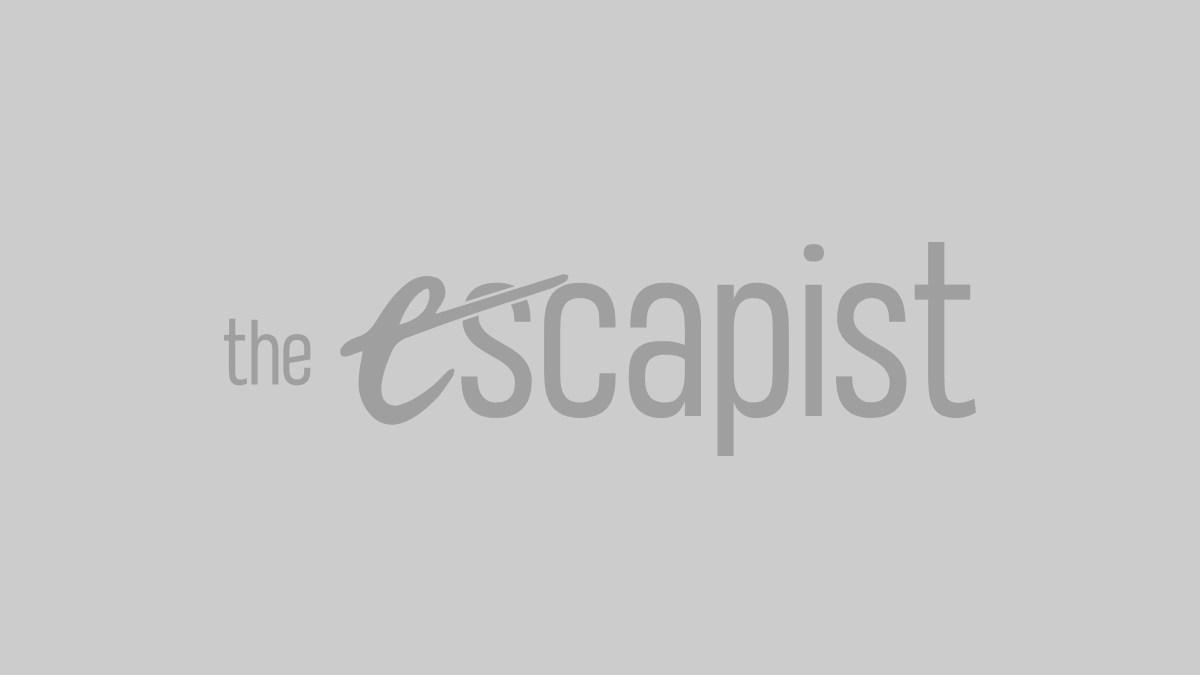Nickelodeon All-Star Brawl is a platform fighting game from Fair Play Labs and Ludosity, the team behind Slap City. It is for all intents and purposes a Super Smash Bros. clone but replaces beloved video game mascots with current and classic Nick Toons characters.
The game provides no explanation for why these characters are meeting for battle, and honestly it doesn’t need one. The sight of Invader Zim squaring up with Nigel Thornberry is enough to produce your own vivid head canon. There is no voice acting; grunts and yells are conspicuously absent from combat, which subtracts a lot of the personality from these familiar characters. The closest they come to expressing themselves outside of their move sets are text lines that show up before fights in the bare-bones arcade mode.
Arcade mode takes you through a gauntlet of randomized 1-on-1 fights but with no big finale or boss showdown at its conclusion. It is how you unlock high-res character portraits and stage photos in the gallery, but a lack of any biography pages or other descriptive information for characters or locations is a giant missed opportunity. A game rooted in Nickelodeon nostalgia should delve more deeply into its properties’ history, but the developers focus their efforts primarily on the gameplay.
Like Super Smash Bros, All-Star Brawl uses a rock-paper-scissors system, but rather than shield attack and grab-balancing one another, here it’s up, neutral, and down attacks. A lot of functionality is moved off of the left stick and onto face buttons like a more traditional fighting game, instead of relying on fast directional stick inputs. This allows for heavy aerial attacks and along with your light and special attack each character has three directional variations on their three attack types.
This makes All-Star Brawl a much more offense-heavy game compared to the more positional and defensive play of Super Smash Bros. Ultimate.
That isn’t to say there aren’t viable movement options. Characters can air dash in any direction in addition to their double jump. The developers have resurrected wave-dashing from Super Smash Bros. Melee, an advanced technique that allows characters to slide across the ground but act with no movement lag. Its execution has been simplified for greater accessibility in that it requires only a simultaneous press of the jump and dash buttons while holding a direction. As deep as the combat mechanics are, there’s a lot lost in the translation of those techniques to your loveable Nick Toon mascots.

The fighting itself lacks a sense of weight; the way characters move, the way they throw attacks, and the way they take damage all look, feel, and sound shallow. Animations look like they are missing a couple of frames or are just happening too fast to really see or appreciate them. The overly whacky slap and smack sound effects fit the cartoon world these characters are from but dampen the impact of the fights they are having. However, having logged over one thousand gameplay hours of Smash Ultimate, I may just not be used to these audiovisual differences yet, and they may be a non-issue for other players. But there are also a handful of bland songs, poorly designed stages, and off-looking character models that give the overall package a cheap or rushed look and feel.
The roster is sizable with twenty fighters to choose from across a dozen shows. There’s a nice mix of past and present cartoon characters. Chances are you’ll recognize at least a few even if you’ve never been a big cartoon fan. They adopt the usual archetypes for a fighting game, grapplers like Patrick, zoners like Zim, and straight up odd balls like Powdered Toast Man provide a variety of styles to choose from. Nothing feels overpowered in terms of specific character movesets as far as I can tell but the community has already found broken infinite combos for more than half the roster. This isn’t uncommon in a brand new fighting franchise but only time will tell how quickly Ludosity will act to stamp stuff like this out.
But the area where All-Star Brawl is firing on all cylinders is in its online options. There are quick matches and a ranked online mode, both of which are 1v1 stock matches, but the online lobbies put similar games to shame. Twelve players can group up and start independent 2-to-4-player matches while other players in the same room are able to spectate or start other matches of their own. Ludosity also uses rollback netcode to address the input lag issue for playing fighting games online, which has been a particular sore spot for Smash Ultimate.
However, I personally experienced consistent slow online matches playing the Steam version of the game, which I believe may be a bug as the arcade mode is also unplayable. As of the time of this review, the dev team has been made aware of the issue, but it’s currently still a problem for me and possibly other players on Steam. I was lucky enough to be given a code on Xbox that worked.
I’ve come away from Nickelodeon All-Star Brawl impressed by what it has to offer, yet weary of all the things it lacks, namely a reverence for the license it’s using to push its hardcore fighting tech. As an initial attempt though, it’s promising, and Ludosity has already stated it plans to bug-fix and update the game as much as possible, hinting at additional fan-favorite characters joining the roster later. More than anything, Nickelodeon All-Star Brawl is ripe with potential, and I’d encourage anyone curious about it to give it a shot in the hopes it can eventually be realized. The game is out now for $49.99 on PC, PlayStation 4, PlayStation 5, Xbox One, Xbox Series X|S, and Nintendo Switch.